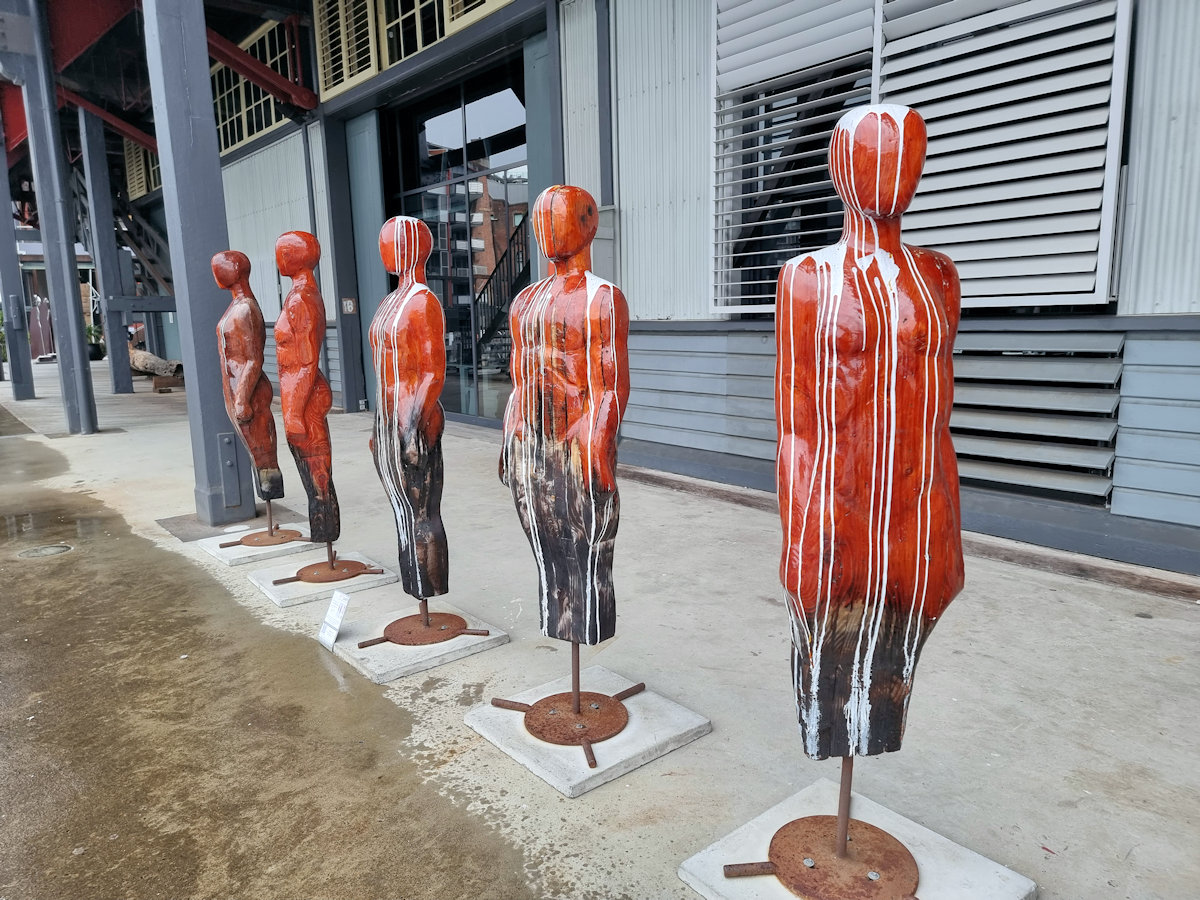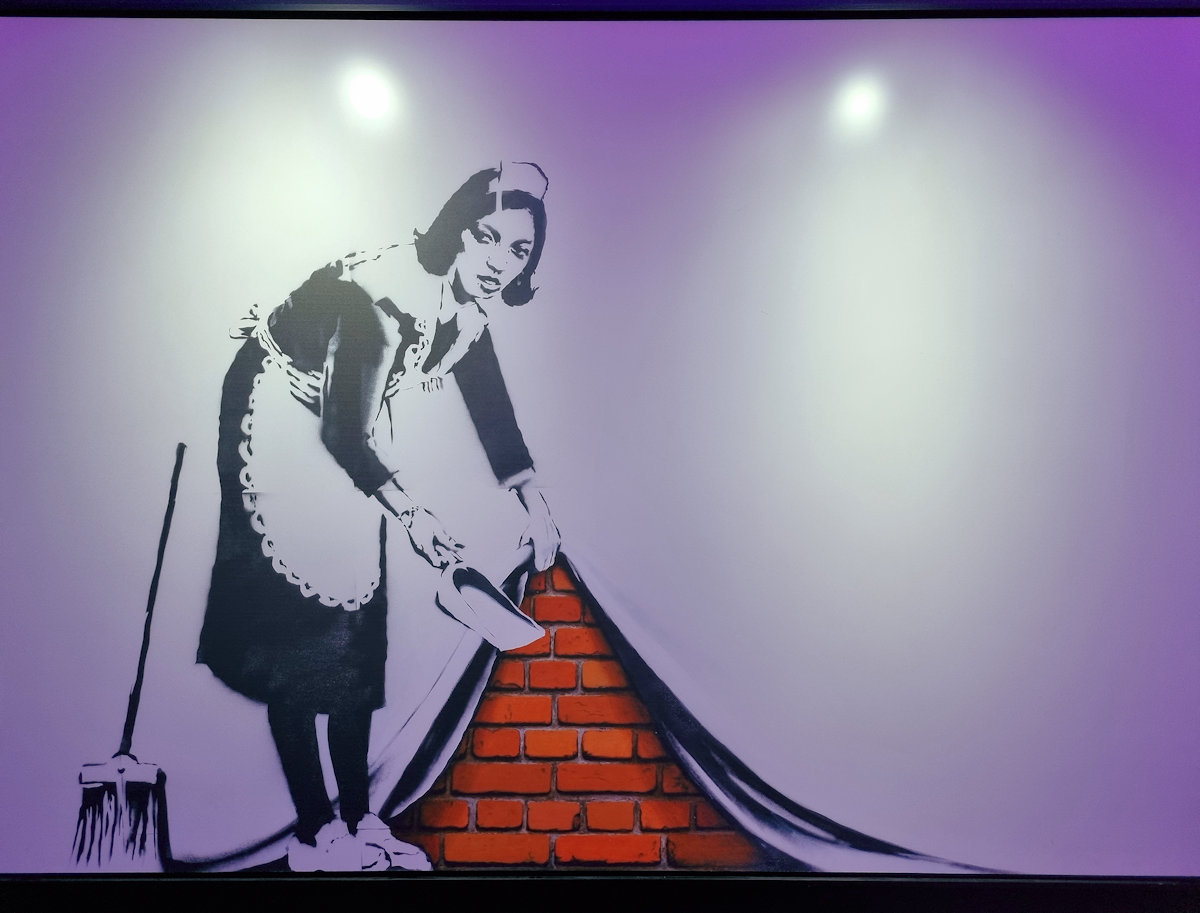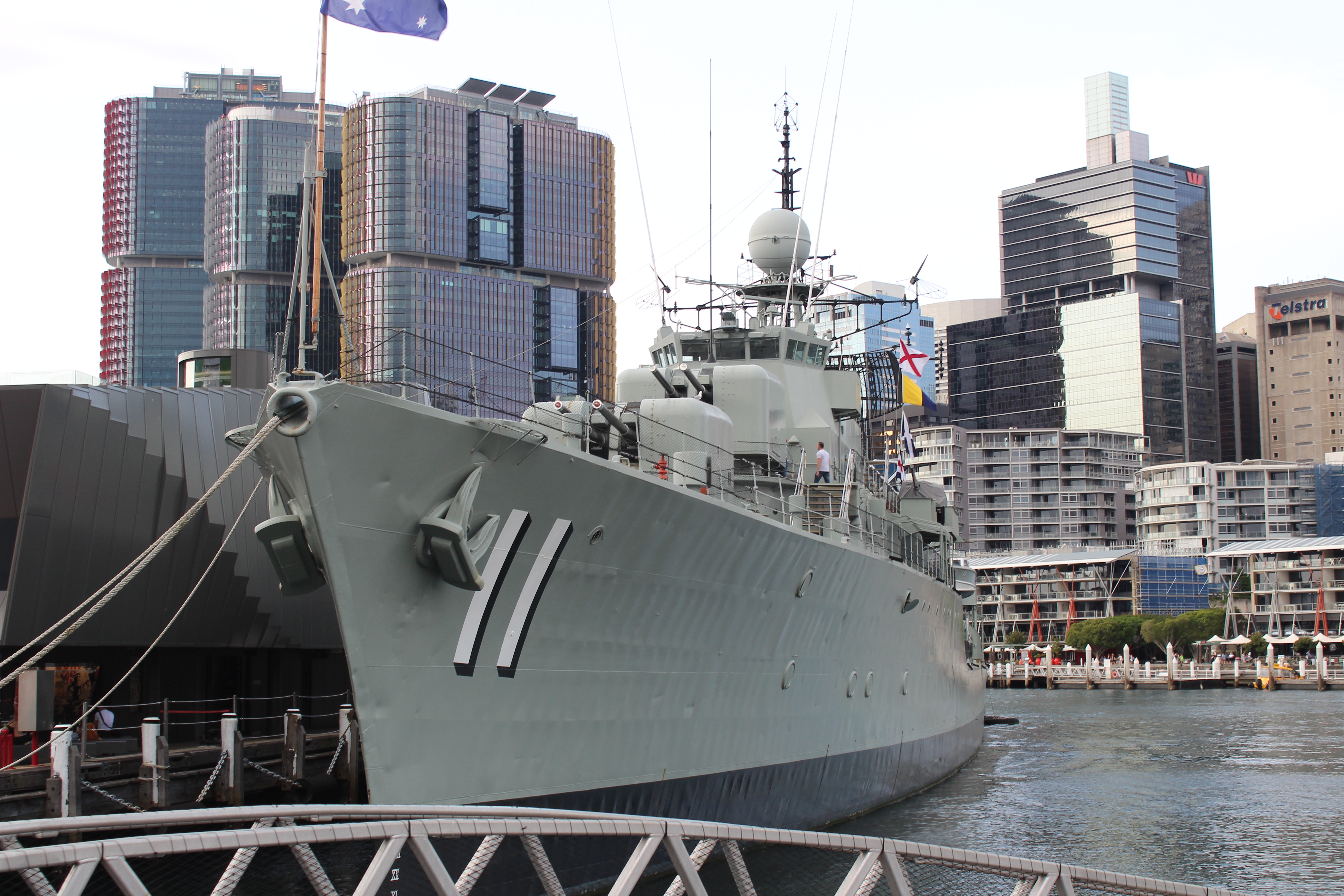Category: Sydney
-
Sydney Sculpture Exhibition Walsh Bay

Sydney Sculpture Exhibition – Walsh Bay Walking through Walsh Bay, we found the Sydney Sculpture Exhibition set among the redeveloped bond stores and wharves. We visited in August 2024, and they should be on display until November 2024, although some appear to be permanent displays. We walked from Circular Quay which took around 20 minutes,… Read more
-
The Art of Banksy Sydney

The Art of Banksy Sydney Displayed in the Sydney Town Hall and open until 19 May 2024, The Art of Banksy Sydney is an impressive display of some of his greatest works. Starting with a timeline of Banksy’s works, the exhibition illustrates the progression of his works and its commentary on western society. Each of… Read more
-
Australian National Maritime Museum

Australian National Maritime Museum Covering Australia’s maritime history from pre-colonial times to the present, the Australian National Maritime Museum in Sydney has an excellent collection of ships and artefacts on display. The most obvious displays are the ships and boats of the heritage fleet docked on Darling Harbour, but those inside also deserve a lot… Read more